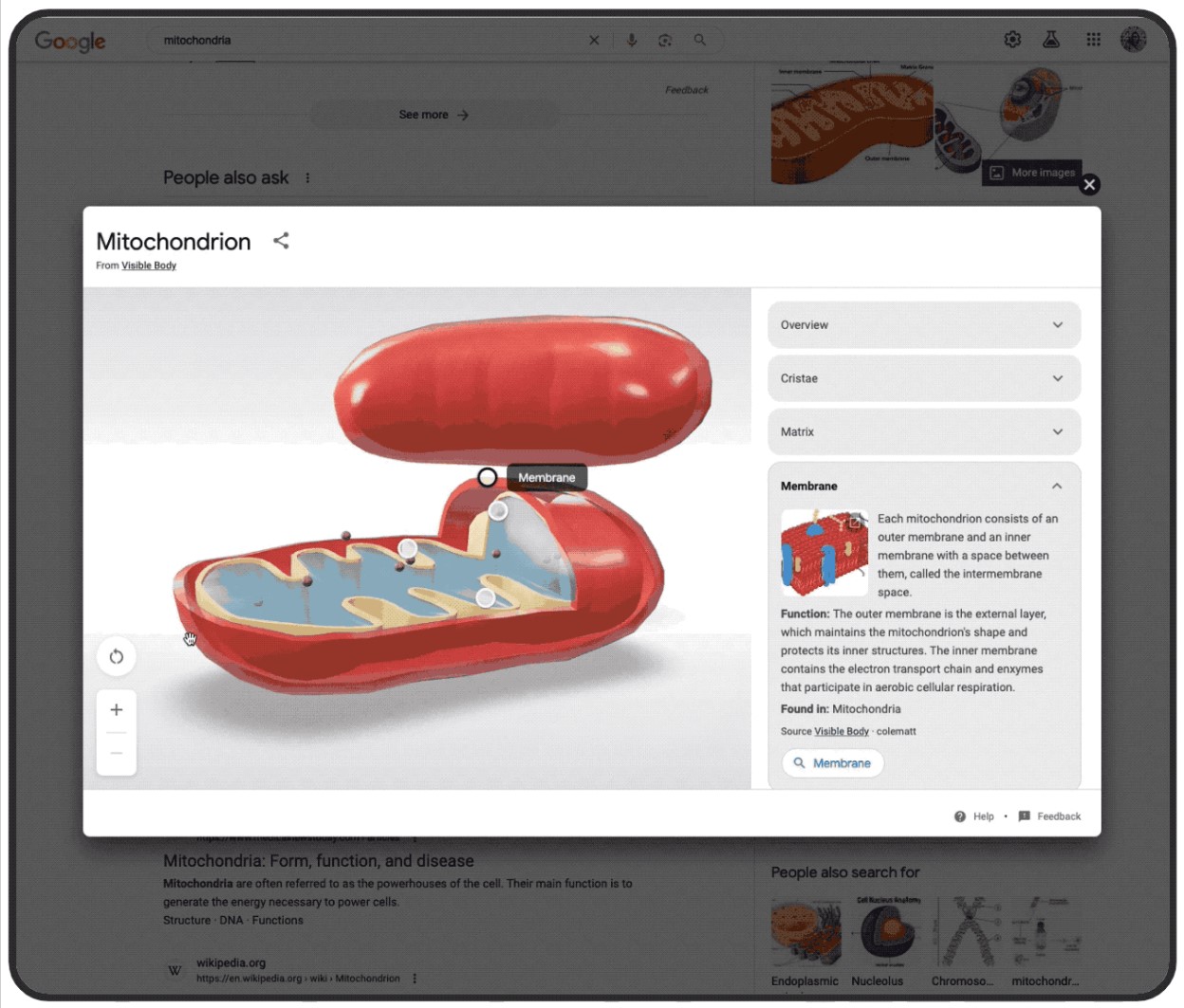- By Vikas Yadav
- Tue, 31 Oct 2023 12:59 PM (IST)
- Source:JND
Popular internet search giant Google brings fresh feature enhancements at regular intervals. Soon after rolling out its AI SGE experience for users, the company has now announced new features for Search and Lens that can help them with subjects such as math and science.
With the fresh enhancements, users can zero down on an equation to use or visualise STEM-related concepts for better understanding naturally and intuitively. For math problems, users can enter an integral or equation in Search or click a photo of the question via Google Lens to view a step-by-step guide to reach the answer.
Also Read: AQI Updates Now Rolling Out On Google Discover On Android And iOS; All You Need To Know
In Search, you can enter "math solver" to try out the feature on desktops. The option will arrive on smartphones soon. The Math solver can accept queries on Algebra, Trigonometry, Calculus and more topics.
For users struggling with a Physics question, you can enter the word problem in Search to let the advanced large language models take charge. This will help you find unknown (and known) values to decide which formulas to use. As for geometry, Google Lens can now interpret select triangle problems. Users can click a picture of the given diagram and text to let Google generate a step-by-step guide to solve the problem.
 Interactive Diagrams In Google Search (Image:Google)
Interactive Diagrams In Google Search (Image:Google)
Beyond solving questions, users can take advantage of the 3D diagrams of around 1,000 physics, chemistry, biology, astronomy and other areas. These can help develop a deep understanding of topics such as STEM and more.
Also Read: How Google Is Improving Search With Generative AI | All You Need To Know
"For example, you might have a general understanding of mitochondria but aren't quite able to picture the inner folds that create the cristae or the matrix within the inner membrane," Google's Product Lead Rob Wong noted. With 3D models, the search leader aims to fill this gap. You can view this from the "Interactive Diagrams" section in Google Search.

